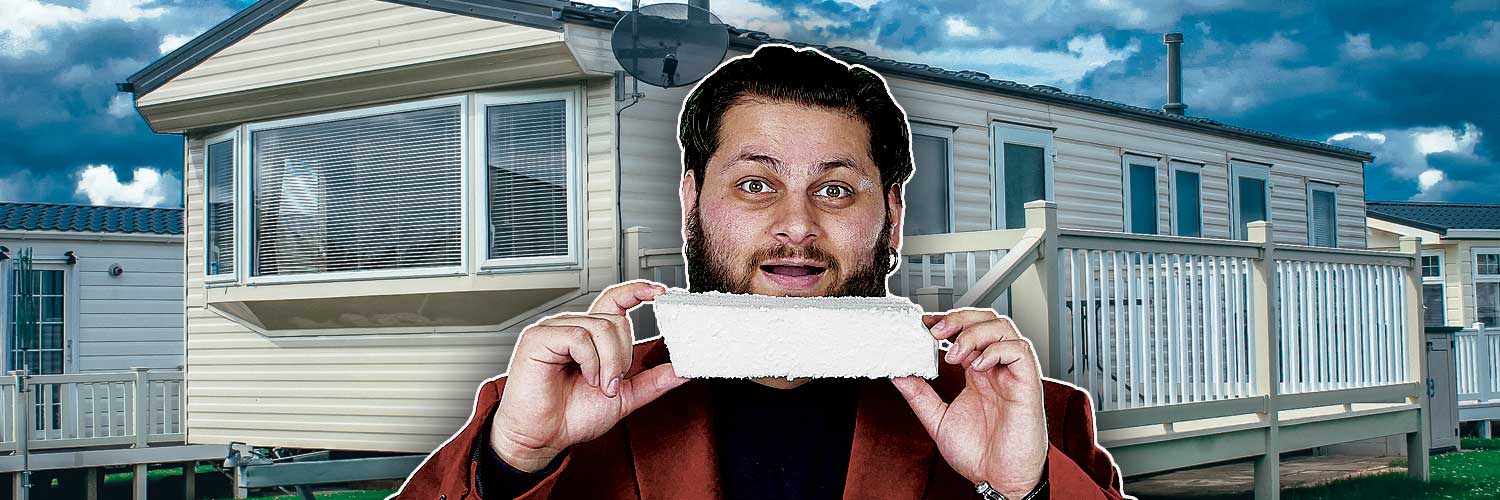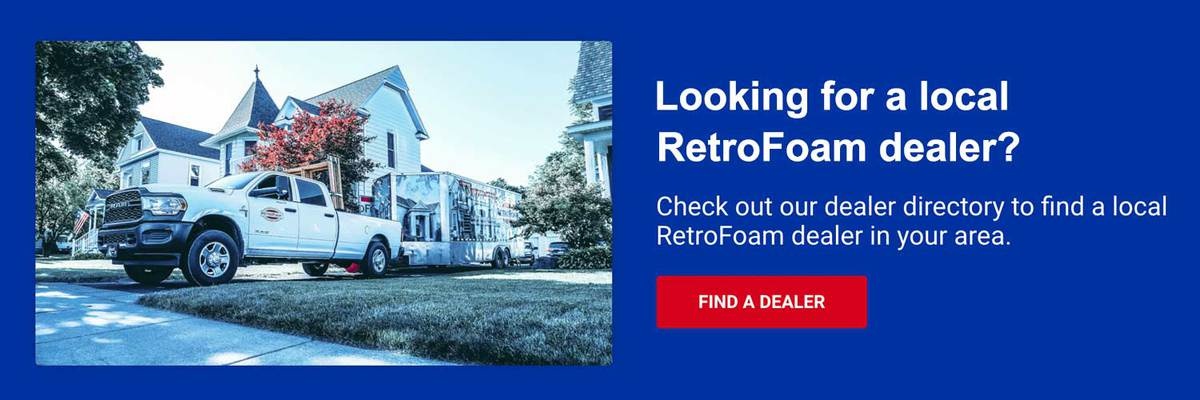Insulating Mobile Home Walls with RetroFoam


Your current mobile home wall insulation isn’t doing its job, so it’s time to upgrade.
A complete remodel to tear out the drywall to install fiberglass insulation isn’t the vibe. You can add spray foam insulation for mobile homes, but you would run into the same issue of tearing out the drywall.
Luckily, injection foam, like RetroFoam, is the answer because it creates a similar air seal as spray foam insulation. Now you just need to know how the injection foam insulation for mobile home walls is installed.
RetroFoam has resellers nationwide who help mobile home owners just like you create the energy-efficient and comfortable space they’ve always wanted. Let’s dive into how injection foam insulation is installed and why RetroFoam is the best insulation for mobile home walls.
How to Insulate Mobile Home Walls with RetroFoam
The type of mobile home siding will determine how the RetroFoam insulation is installed in the existing walls.
The mobile home exterior also determines the difficulty level of the job. In most cases, the siding can be removed, holes are drilled through the sheeting into the cavity, the foam is injected, holes are filled, and the siding is replaced.
In other cases, the crews would need to drill through those siding types to reach the stud cavity if the exterior is wood or vertical aluminum. After the foam has been injected, the holes are filled.
If the crew drilled into wood siding, the wood plugs are used to plug the holes. If they drilled into vertical aluminum siding, plastic plugs are used.
Another scenario mobile home owners run into is the siding is attached directly to the studs, and there is no sheathing underneath. When this happens, the only options are to remove all of the siding and use spray foam to fill the cavity or add sheathing once all of the siding has been removed.
If the mobile home has a brick exterior, the crew will drill smaller holes into the mortar at the top, middle, and bottom of each stud cavity. Once the foam has been injected, the holes are filled with mortar.
Adding Mobile Home Wall Insulation
Insulating mobile home walls with RetroFoam insulation is a great way to stop air movement into the structure.
When compared to traditional insulation like fiberglass, injection foam insulation can provide something the other material can’t – an air seal. The air seal created by RetroFoam will prevent drafts, and make the mobile home more energy efficient. So, not only will you feel more comfortable, but you could also be saving money on those monthly energy bills.
If you want to see if RetroFoam insulation is a good fit for your mobile home, check out the Finder a Dealer page on our website to see if there is a reseller near you.
Related Articles
Is RetroFoam Eligible for the Inflation Reduction Act Energy-Efficient Home Improvement Credit?
Adding Insulation to Exterior Walls: Installing RetroFoam with Different Siding Types
About Amanda Emery
Amanda previously has worked as a breaking news and crime reporter, TV news producer, and editor. As a journalist, she has won several awards from The Society of Professional Journalists - Detroit Chapter and the Michigan Press Association. Amanda uses her experience as a journalist to write content that will help educate homeowners on foam insulation benefits. When Amanda isn’t writing, she’s spending time with her husband Chris, daughter Lilith-Maeve, and rescued huskies Danger and Wendigo. She also loves knitting, making art, and cooking.



